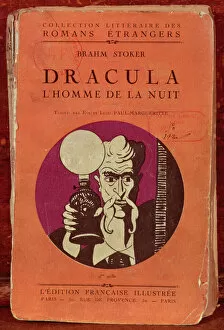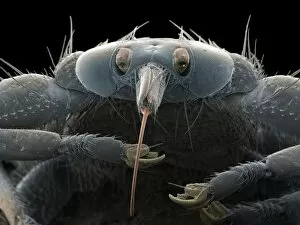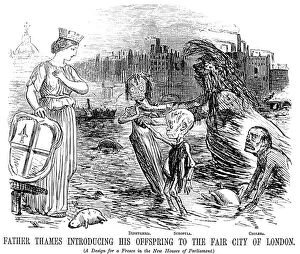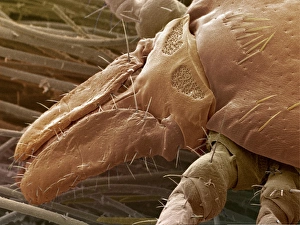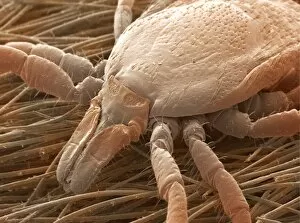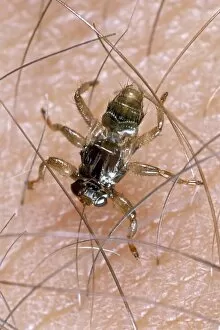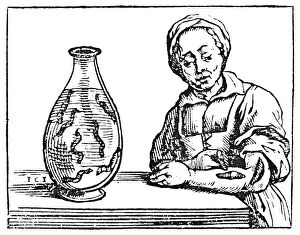"Bloodsucker: Unveiling the Dark World of Parasites and Vampires" Step into the eerie realm of bloodsuckers as we explore their presence in various forms throughout history. From Bram Stoker's iconic novel Dracula to the microscopic leeches, fleas, and mosquitoes that haunt our nightmares, these creatures have long fascinated and terrified us. The front cover of Dracula by Bram Stoker sets the stage for our journey into the supernatural. Published in 1920, this lithograph captures the essence of Count Dracula's insatiable thirst for blood. Delving deeper, we encounter a cross-section of a flea from Micrographia (1665), an engraving that reveals its grotesque anatomy. These tiny parasites have plagued humans and animals alike for centuries. But it is not just physical bloodsuckers that haunt us; there are metaphorical ones too. The liar lurks among us, draining trust and spreading deceit like a vampire drains life force. In an English cartoon by John Leech from 1858, Father Thames introduces his offspring to London as he emphasizes the need for proper sanitation to save lives from epidemics such as diphtheria, scrofula, and cholera. Here we witness how neglect can transform cities into breeding grounds for unseen bloodsucking dangers. Jan Swammerdam's illustration depicts a mosquito with intricate detail from his Histoire (17th century). These buzzing insects remind us that even nature has its own vampires lurking within its depths. Venturing further across continents brings us face-to-face with exotic creatures like the Oriental Garden Lizard in Sri Lanka. Its striking appearance reminds us that not all they are nocturnal or mythical beings - some walk amongst us during daylight hours. Returning closer to home, we confront one of humanity's most reviled pests - bedbugs.

